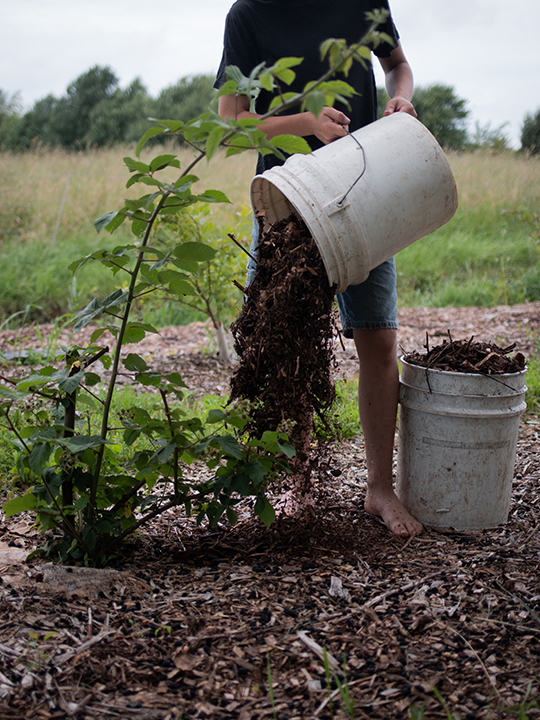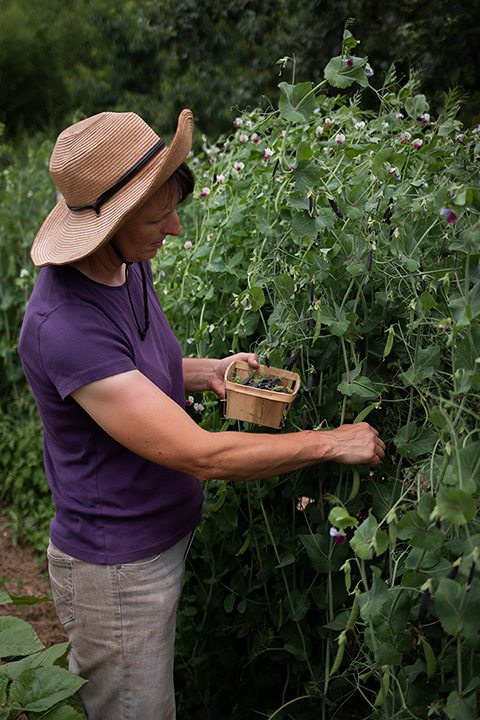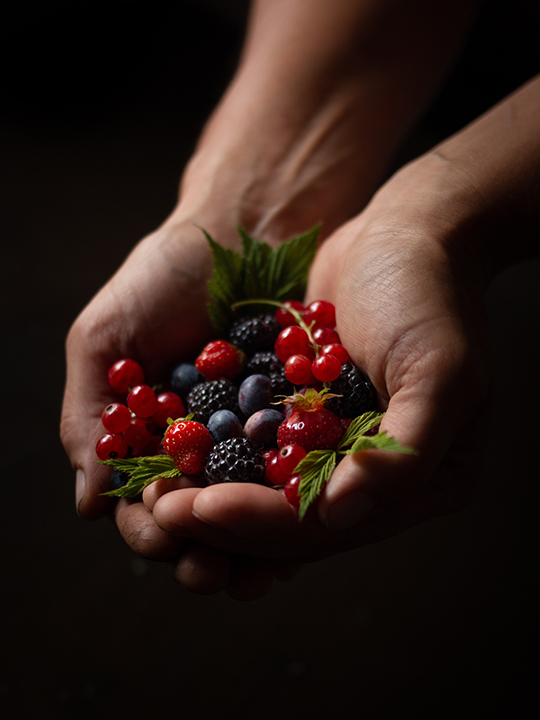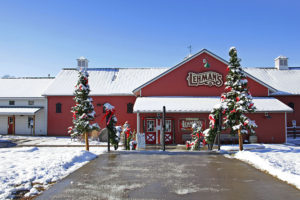
Around here, the busiest months in the garden for me are May, June and September. May is a planting flurry, September is a harvest and preservation marathon, and June is the month where we win or lose the battle against the weeds. Thankfully, long days are in our favor and I am often out working in the garden till dusk. This year in much of our area, gardeners and farmers are all out working anytime that raindrops aren’t falling. A few things are behind schedule but most of my plants are benefiting from the good moisture, however, the weeds are enjoying it too.
There are many strategies for weed control but all require a measure of discipline. Frequent, shallow cultivation when weeds are small is the easiest time to get them. For some plants, I even just use my hands (with my trusty garden gloves) to gently go around and knock out the thread stage tiny weeds. It is disheartening to ignore your garden for a couple weeks only to barely see your plants among the weeds. I am trying to limit single use plastics but for my acre garden, I still use some growers black plastic for things like sweet potatoes and broccoli and also woven landscape fabric that we burn holes in for the plants. The landscape fabric allows water and air to get through and can be used for multiple seasons.

Methods involving organic mulch are my favorites because the are more of a “once and done” task with no clean up job in the fall. I usually wait till the veggies are germinated and visible, do a shallow hoeing with my Amish hoe and then lay down newspaper or cardboard topped with old hay, grass clippings or shredded leaves. It is important to cover your paper mulch or it will blow away. This mulching method holds in the moisture, suppresses the weeds and adds organic matter to your soil.
Another mulching method is to use rough wood chips that we get from tree trimming crews or that we grind ourselves. It is best to let the chips age in a pile for 6 months to a year to start breaking down. Again, we start with newspaper or cardboard and then use 3-4 inches of wood chips and sometimes more if we are trying to suffocate nasty perennial weeds such as thistles or quack grass. We use this method more around orchard trees and berries but occasionally for garden plants such as tomatoes or kale. The wood chip areas need to be permanent spots that don’t get tilled. As the chips break down, you end up with lovely humus and good microbial activity. No matter what your approach to weed suppression, one fundamental is to not let weeds go to seed. When weeds have gotten out of control for me, we even occasionally use the lawn mower or weed eater to tackle them before they go to seed.

June is also a month that starts rewarding us with a delicious assortment of fresh foods. With all the rain, the lettuce is very abundant plus we are eating green onions, spinach, kale, broccoli, radishes and and peas. I use cattle panels as a trellis for my peas and some of them are taller than I am. In the greenhouse, we are enjoying zucchini and watching for the first tomatoes to turn color. Meanwhile, the strawberries were amazing and now we are moving into blueberry, raspberry and currant season. It truly is a good time to be eating.
What are you eating from your garden this season? How are you handling your weeds?
*****
 Karen Geiser is a regular demonstrator and homesteading class teacher at Lehman’s. Photos by her daughter, Elizabeth Geiser ©2019.
Karen Geiser is a regular demonstrator and homesteading class teacher at Lehman’s. Photos by her daughter, Elizabeth Geiser ©2019.



























